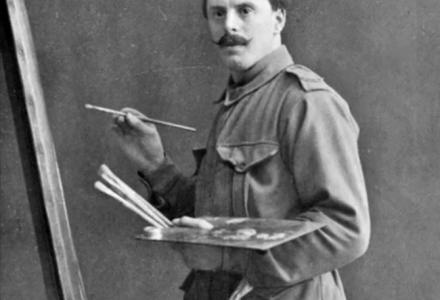In 2009 Australia honoured men killed in the Battle of Fromelles, our country’s first major engagement on the Western Front. At the cost of thousands of dollars a new cemetery was established, and forensic science and DNA testing identified men who would otherwise be buried as ‘Unknowns’. But we have been slower to acknowledge those who survived that battle.
Rowland Lording, a boy from Balmain, was sixteen when he enlisted and seventeen when shrapnel tore a hole through his chest at ‘Fleurbaix’. His right arm was amputated at the casualty clearing station; a lung removed and a silver plate placed in what was left of his rib cage. Some fifty surgical operations followed. In constant pain, Lording became a ‘bundle of nerves’ and by the age of twenty he was addicted to morphine and cocaine.
Through the 1930s and 40s, Lording was incarcerated in one institution after another, described as ‘maniacal, hallucinating and difficult to control’. Certified as insane, he died in Callan Park Asylum.
Lording’s story reminds us that many returned men fell victim to substance abuse as a direct result of their war service. It highlights the suffering of wives and mothers unable to care for violent and suicidal men. It also reveals a rare kind of courage. Lording wrote his memoirs in between bouts of ‘nerve storms’. They were described as ‘an epic of human suffering’, a ‘story that had to be told’.
For full attribution of sources, suggestions for further reading and an extended version of the story itself see ‘The heart of a lion: Rowland Lording’ in Bruce Scates, Rebecca Wheatley and Laura James, World War One: A History in 100 Stories (Melbourne, Penguin/Viking, 2015) pp. 32-33; 355.



